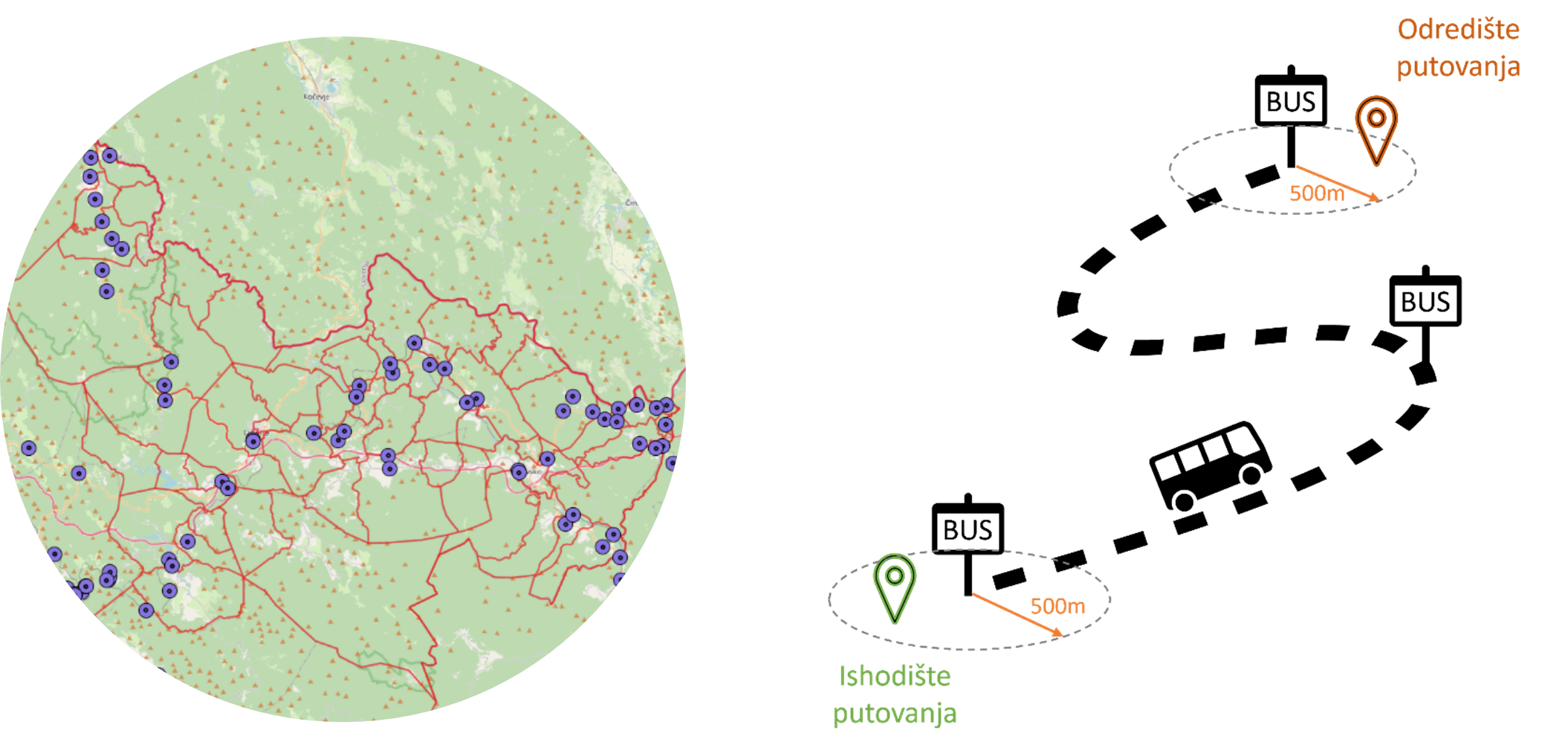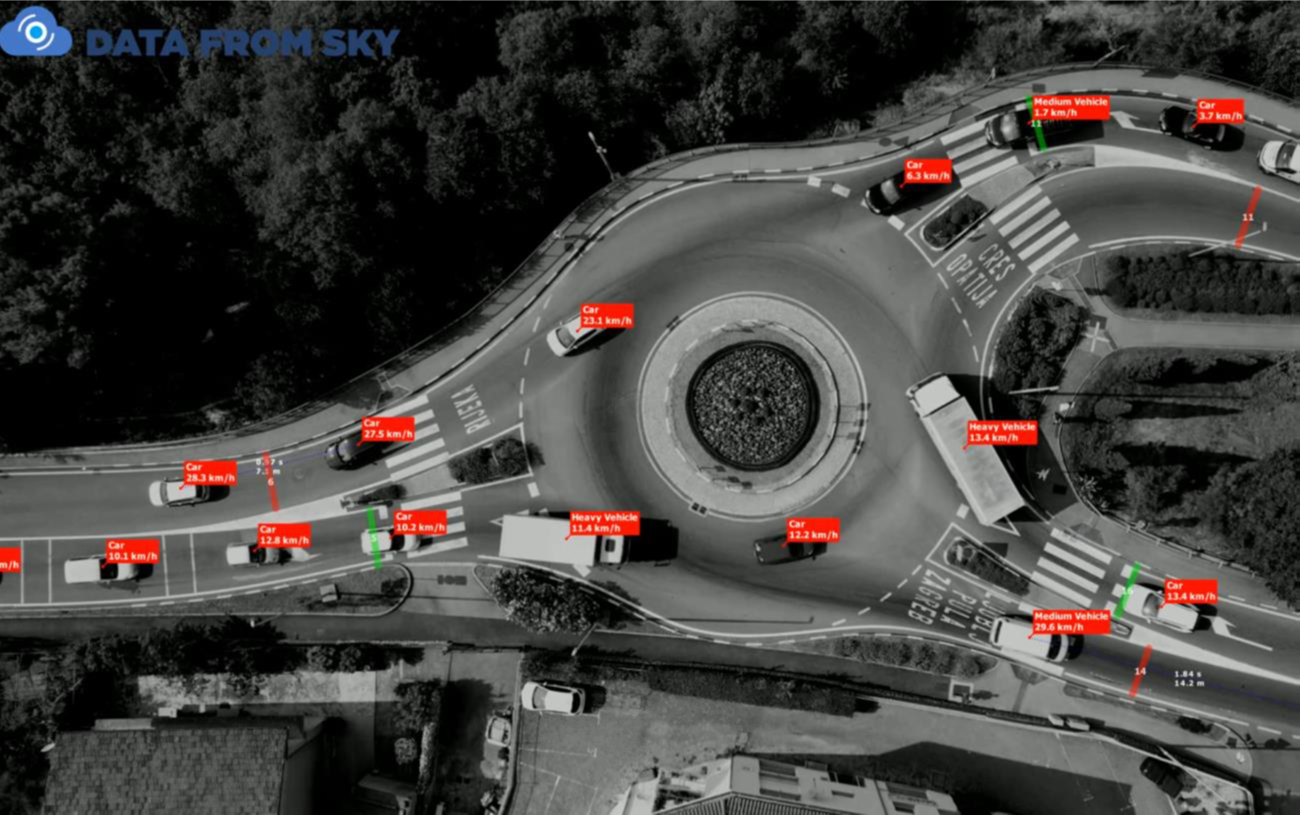Challenges
The city of Kastav faces challenges in the process of processing tender documentation for co-financing projects in various areas, including culture, sports and entrepreneurship. The current application processing system requires manual verification and evaluation of a large number of documents, which significantly burdens the administration and prolongs the decision-making process. There was a need for digitalisation and partial automation of the process to allow for a faster and more transparent evaluation of applications and to reduce the administrative burden on city administration employees.
Solutions
Through the program Test Before Invest and with the support of EDIH Adria, the City of Kastav tested the application of the large language model (LLM) in the processing of tender documentation. The testing carried out aimed to examine the possibilities of automating key steps in the process, including:
- Digital submission of tender documents.
- Automatic filling in of the application form with the applicant's data.
- Generate scoring suggestions based on defined criteria.
The prototype of the LLM system was developed to enable the extraction of data from tender documentation, the generation of project application summaries and the evaluation of applications in accordance with predefined criteria. The operation of the system was tested on real-life examples of applications from previously implemented public calls.
Results and Benefits
Although it is only testing, the expected results of implementation have shown that digitization of tender documentation processing could significantly improve the efficiency and accuracy of the evaluation process. Automation would allow for faster and more precise analysis of applications and reduce the risk of human error. The evaluation process would become more objective and transparent, and the administrative burden on city administration employees would be significantly reduced.
In addition, the tested system would allow for the creation of standardised application summaries, allowing evaluation panels to take decisions more quickly. Digital data processing would also facilitate archiving and searching of previously received applications, improving long-term analytics and planning of future tenders.

Lessons learned
During the testing, the key technical and organizational prerequisites for the successful implementation of the system were identified. It has been shown that the quality of input data is crucial for the accuracy of the model and that scanned documents must be of high resolution or, ideally, generated in digital format. Also, testing has shown the importance of adjusting the evaluation criteria to ensure that the model delivers relevant and consistent assessments.
In addition, we realized that the process of introducing such a system should include the education of users to ensure its effective use. Integration with existing urban information systems should also be a priority in order to allow for a smooth digital processing of tender documents.
Measurable data
According to the testing carried out, preliminary assessments show that the digital processing of applications could reduce the evaluation time by at least 50%. Administrative work related to manual document review could be reduced by up to 60%, while automated scoring would allow for a more consistent and objective evaluation, reducing the risk of subjective deviations.
In addition, the proposed system could reduce the need for manual archiving of documentation and make it easier to search for applications, which would speed up administrative processes and improve data management.
Conclusion
Testing the application of a large language model for the processing of tender documentation in the City of Kastav has shown significant potential for digitization of this process. Although the results are preliminary, the insights gained will allow the City of Kastav to make informed decisions about the possible implementation of the digital system. Further steps would include a more precise definition of technical requirements, the development of a digitalisation action plan and the planning of system integration into existing information platforms.






